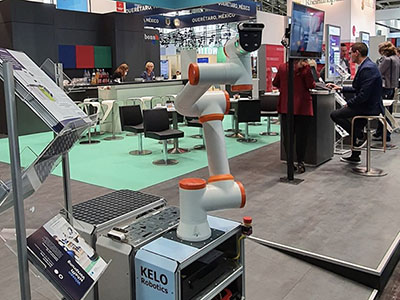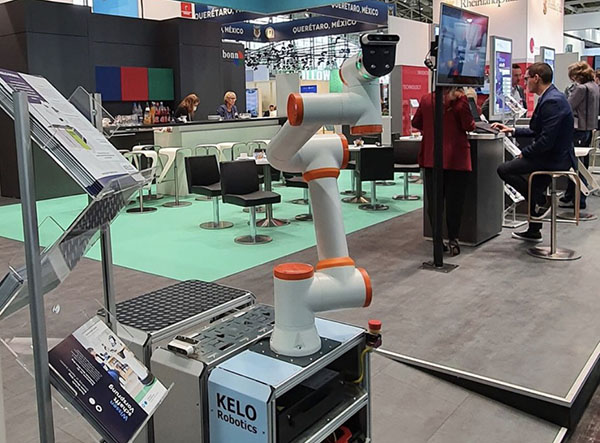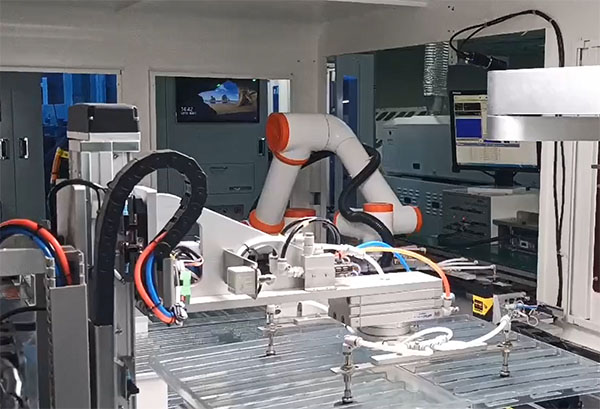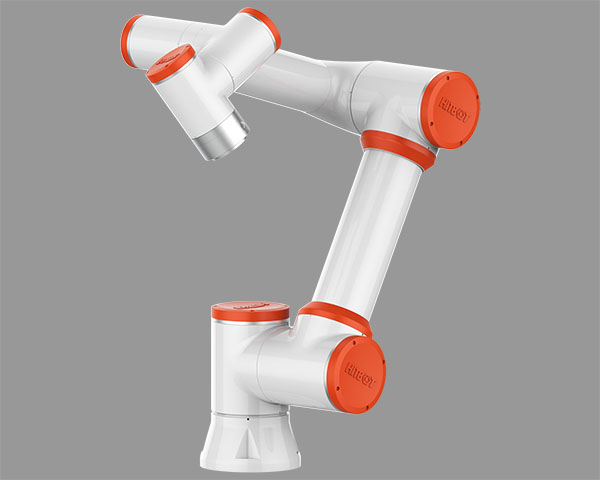
What is 6 degrees of freedom robotic arm?
A 6 degrees of freedom robotic arm is a robotic arm that has the ability to move in six different directions. These six directions are commonly referred to as the six degrees of freedom (DOF) and include translation along the x, y, and z axes, as well as rotation around these same axes.
The use of robotic arms has become increasingly popular in a variety of fields, including manufacturing, healthcare, and research. Robotic arms offer precision, speed, and accuracy that can often outperform human workers. The ability to move in six different directions is a key feature that allows robotic arms to be highly versatile and perform a wide range of tasks.

The six degrees of freedom of a robotic arm are achieved through the use of various types of actuators, such as motors or hydraulics, that control the movement of the arm. The arm is typically mounted on a base that allows it to rotate in any direction, while the end effector, which is the tool or attachment at the end of the arm, can move in three-dimensional space.
One of the most common applications of 6 degrees of freedom robotic arms is in manufacturing. These arms are used to perform tasks such as picking and placing objects, welding, and painting. The high level of precision and repeatability that these arms offer make them ideal for tasks that require consistent and accurate movements. In addition, the versatility of these arms allows them to be easily reprogrammed to perform different tasks, making them highly adaptable to changing manufacturing needs.

6 degrees of freedom robotic arms are also commonly used in the healthcare industry. These arms can be used to perform minimally invasive surgeries, such as laparoscopic procedures, where a small incision is made and the robotic arm is inserted into the body to perform the surgery. The precision and accuracy of the arm can help reduce the risk of damage to surrounding tissue and organs, leading to faster recovery times for patients.
Another use for 6 degrees of freedom robotic arms is in research and development. These arms can be used to manipulate and position objects with a high degree of accuracy, making them useful in fields such as materials science and chemistry. In addition, the ability to program these arms to perform a wide range of tasks makes them ideal for exploring new applications for robotics and automation.

While 6 degrees of freedom robotic arms offer a wide range of benefits, there are some challenges associated with their use. One of the main challenges is the need for precise calibration to ensure accurate movements. In addition, the high level of complexity involved in controlling these arms can make programming and maintenance more difficult than with simpler robotic systems.
Despite these challenges, the benefits of 6 degrees of freedom robotic arms make them an attractive option for a variety of applications. Their ability to move in six different directions offers a high degree of flexibility and versatility, making them ideal for tasks that require precision, speed, and accuracy. As technology continues to advance, it is likely that we will see even more applications for these advanced robotic systems in the future.
